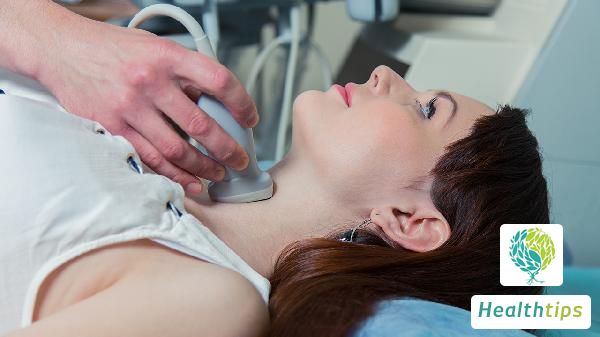To determine if it is asthma, comprehensive analysis can be carried out through clinical symptoms, physical examination, and auxiliary examinations. If you suspect that you have asthma, it is recommended to promptly visit the hospital's respiratory department. I. Clinical Symptoms When infants and young children under 1 year old have asthma, the main manifestations are recurrent coughing and wheezing, which usually worsen at night or in the early morning and can last from several minutes to several hours. The symptoms are more severe when lying flat; children over 2 years old and adult patients often have a significant family history of allergies, which may be accompanied by symptoms such as eczema, urticaria, and allergic rhinitis. Some patients may experience shortness of breath and chest tightness after exercise, but the symptoms can be relieved after resting. In addition, acute bronchospasm caused by cold air stimulation can also lead to the above-mentioned discomfort symptoms. II. Physical Examination The doctor will auscultate the patient's chest, and generally can hear wheezing sounds in both lungs. At the same time, the doctor will palpate the patient's skin to check for rashes and other conditions. III. Auxiliary Examinations 1. Blood routine: Through this examination, eosinophilia can be found, indicating the possibility of allergic diseases; 2. CT examination: CT examination shows thickening of the bronchial wall, pale white changes in the mucosa, blurred blood vessel texture around it, and a large amount of effusion in the bronchial cavity, showing enlarged hilar lymph nodes or even fused into a mass-like shadow; 3. Bronchial provocation test: It is one of the important methods for diagnosing asthma. The principle is to measure the basic lung function while inhaling the provocation agent, and then give a small dose of provocation agent again for inhalation, and then measure the changes in lung function. If FEV1 decreases by ≥20%, it is considered positive, indicating that the patient has airway hyperreactivity and may have asthma; 4. Exhaled nitric oxide detection: An increase in this indicator also suggests the possibility of asthma. Initial judgment can also be made based on the patient's medical history and family genetic history. For patients suspected of having asthma, it is recommended to improve relevant examinations for a definitive diagnosis. After confirmation, drugs such as budesonide formoterol powder inhaler can be used under the guidance of a doctor. In daily life, it is also important to avoid exposure to allergens to prevent the disease from being triggered.





















